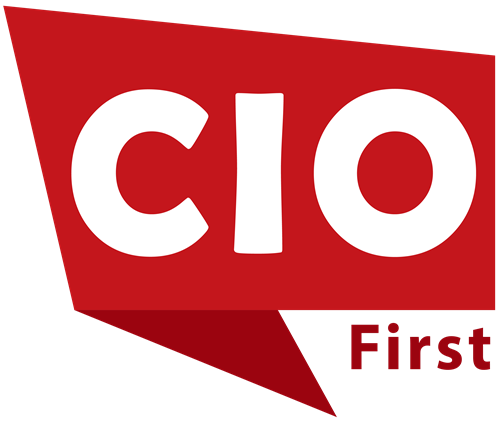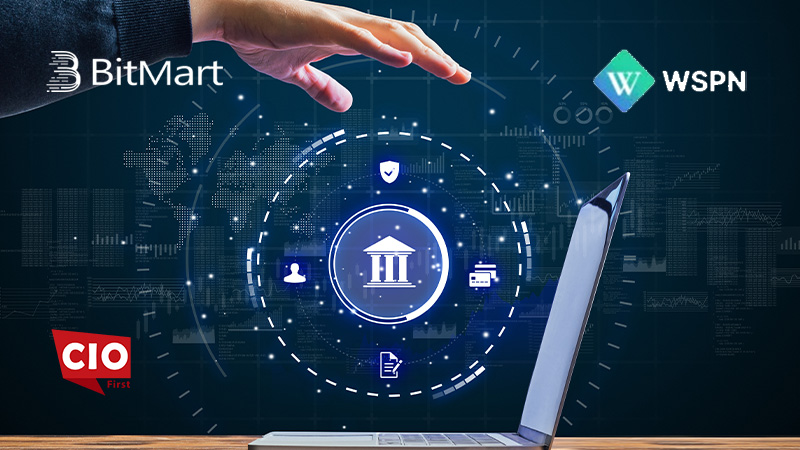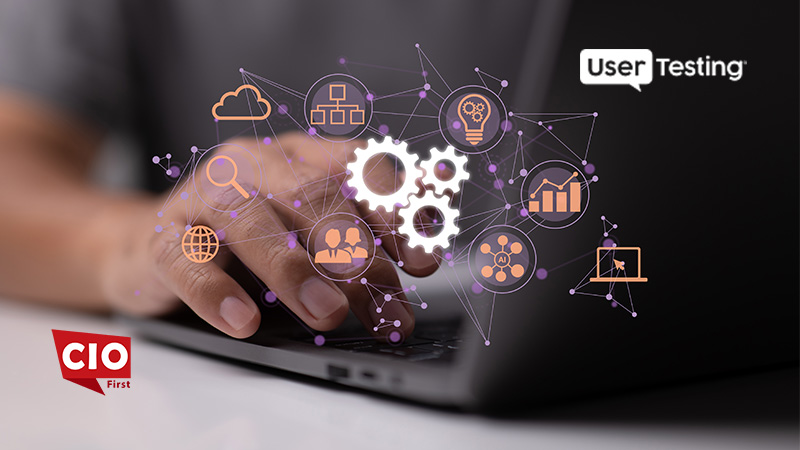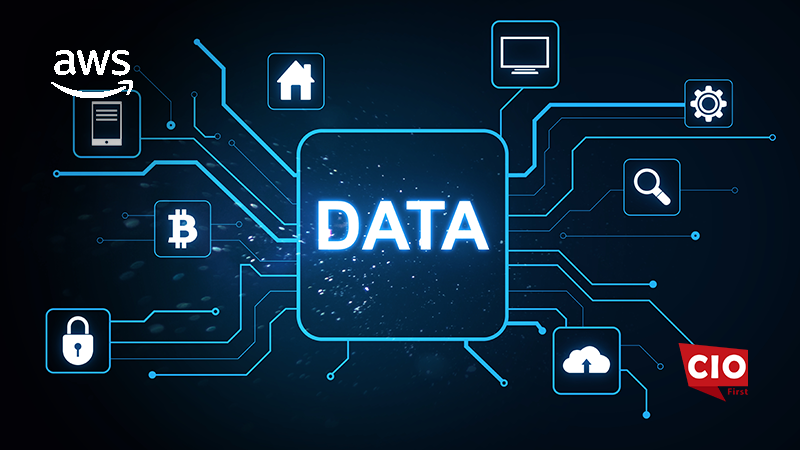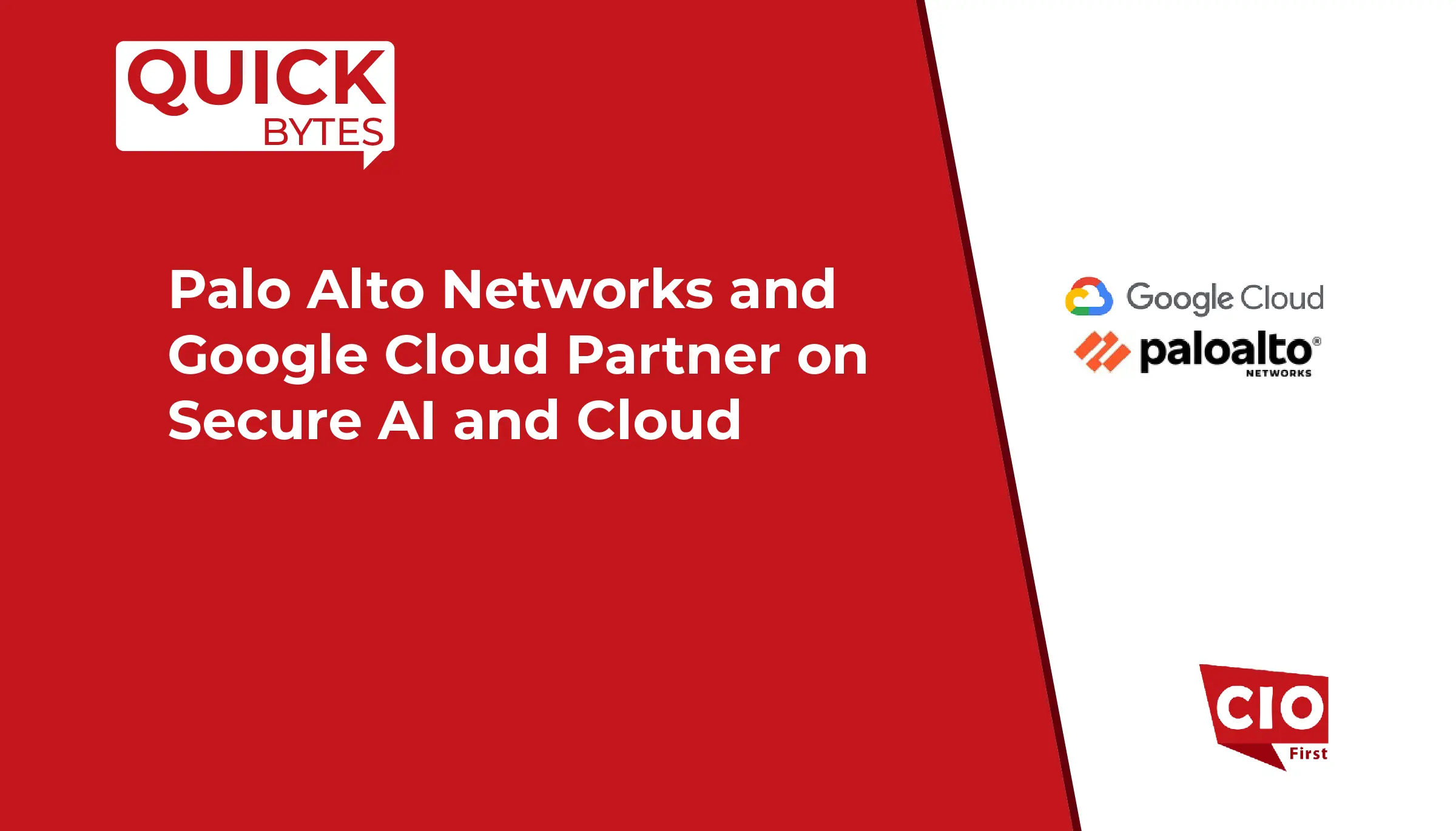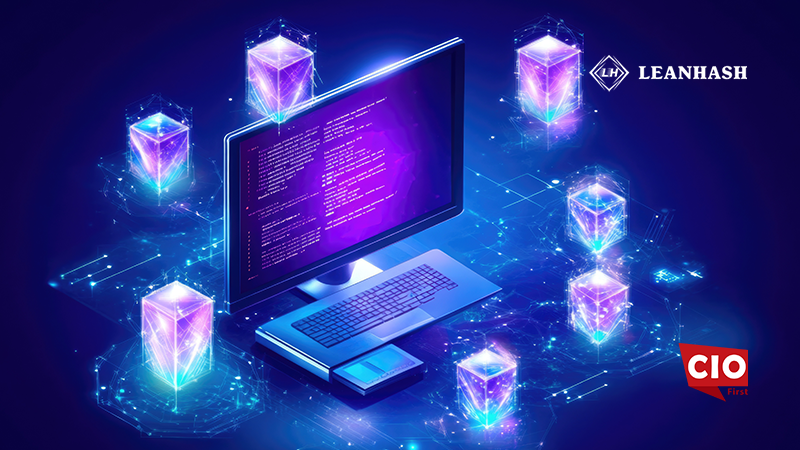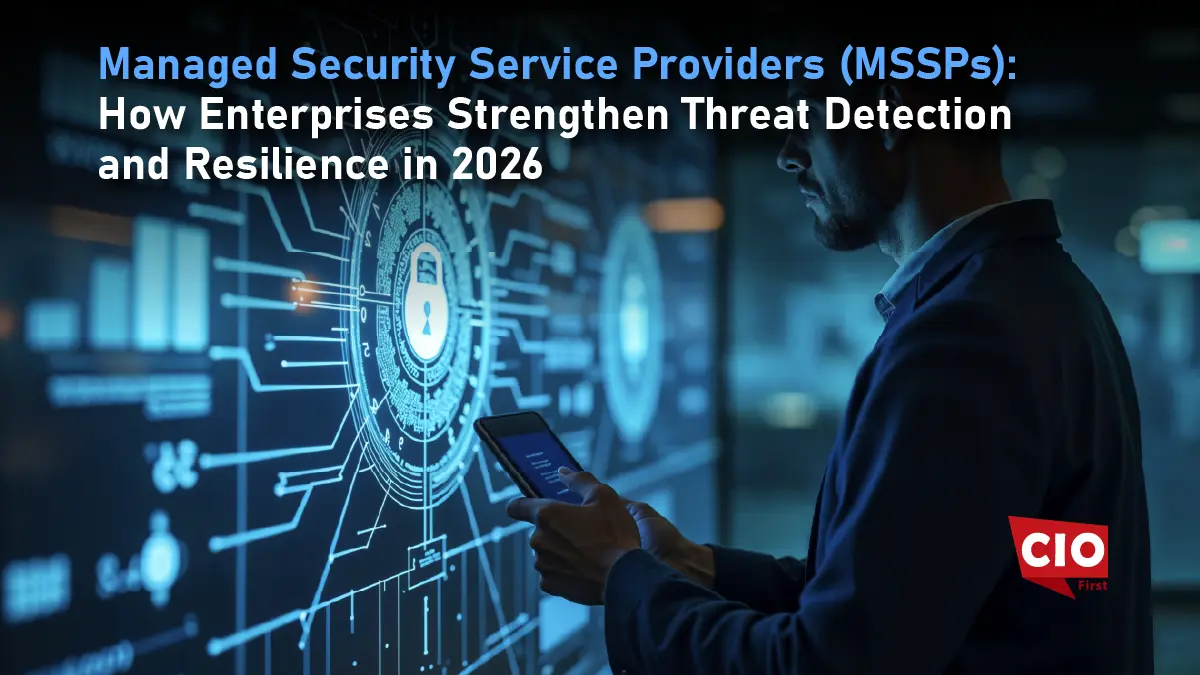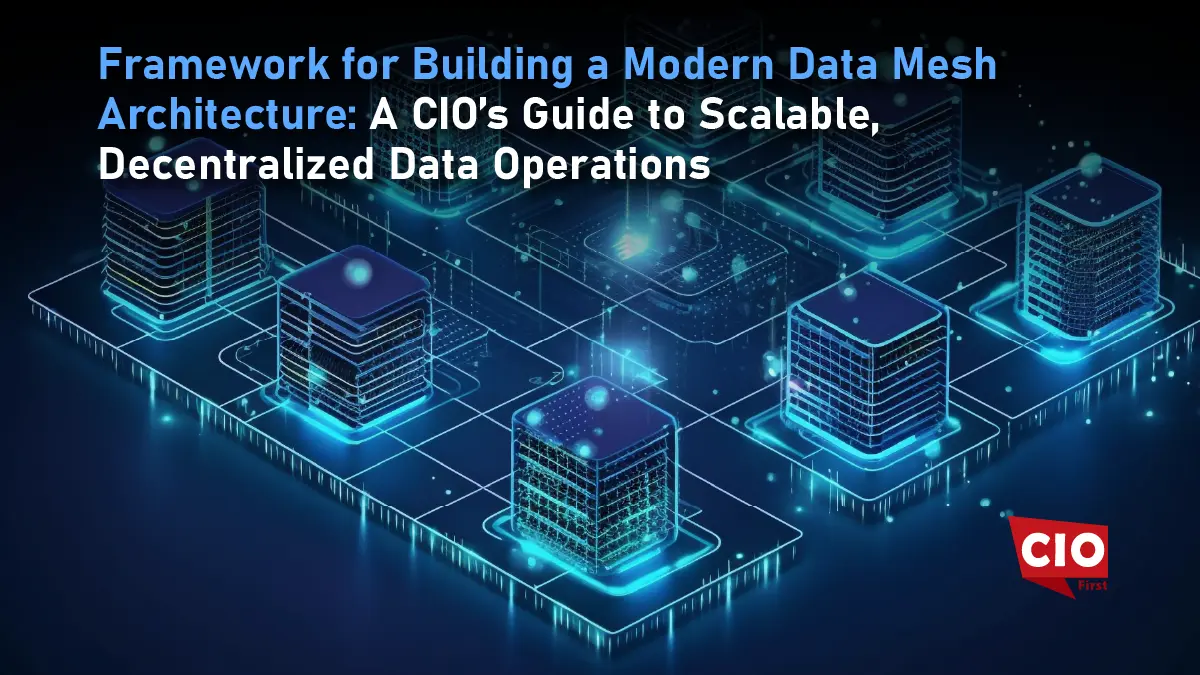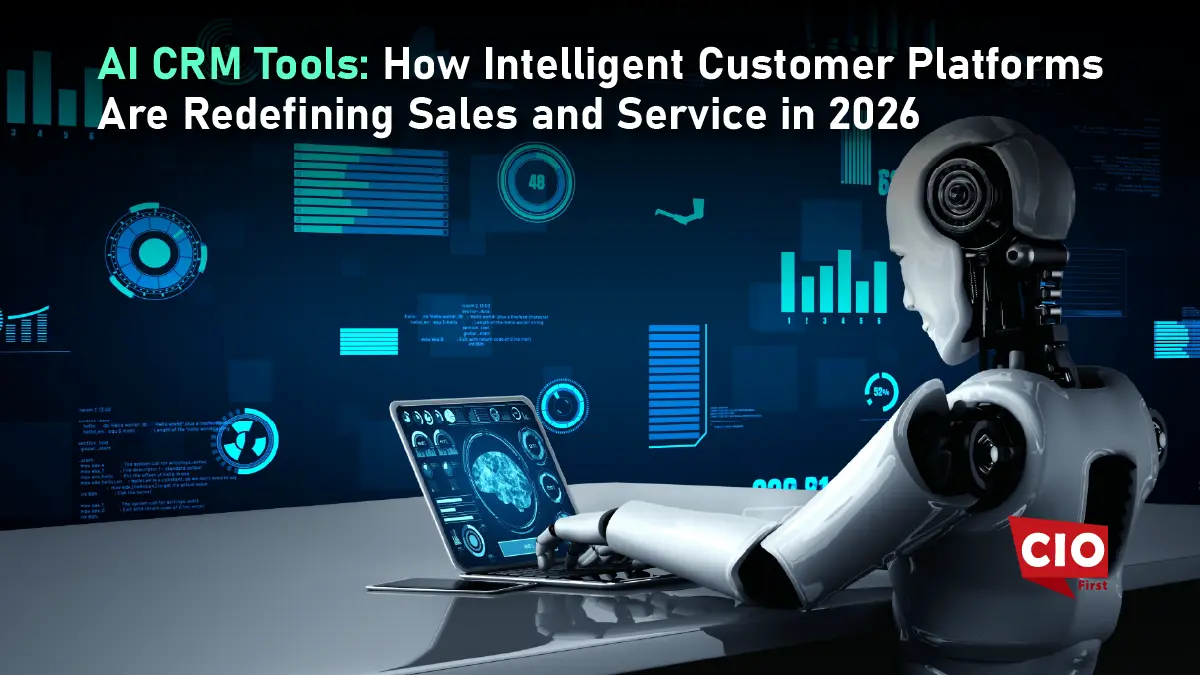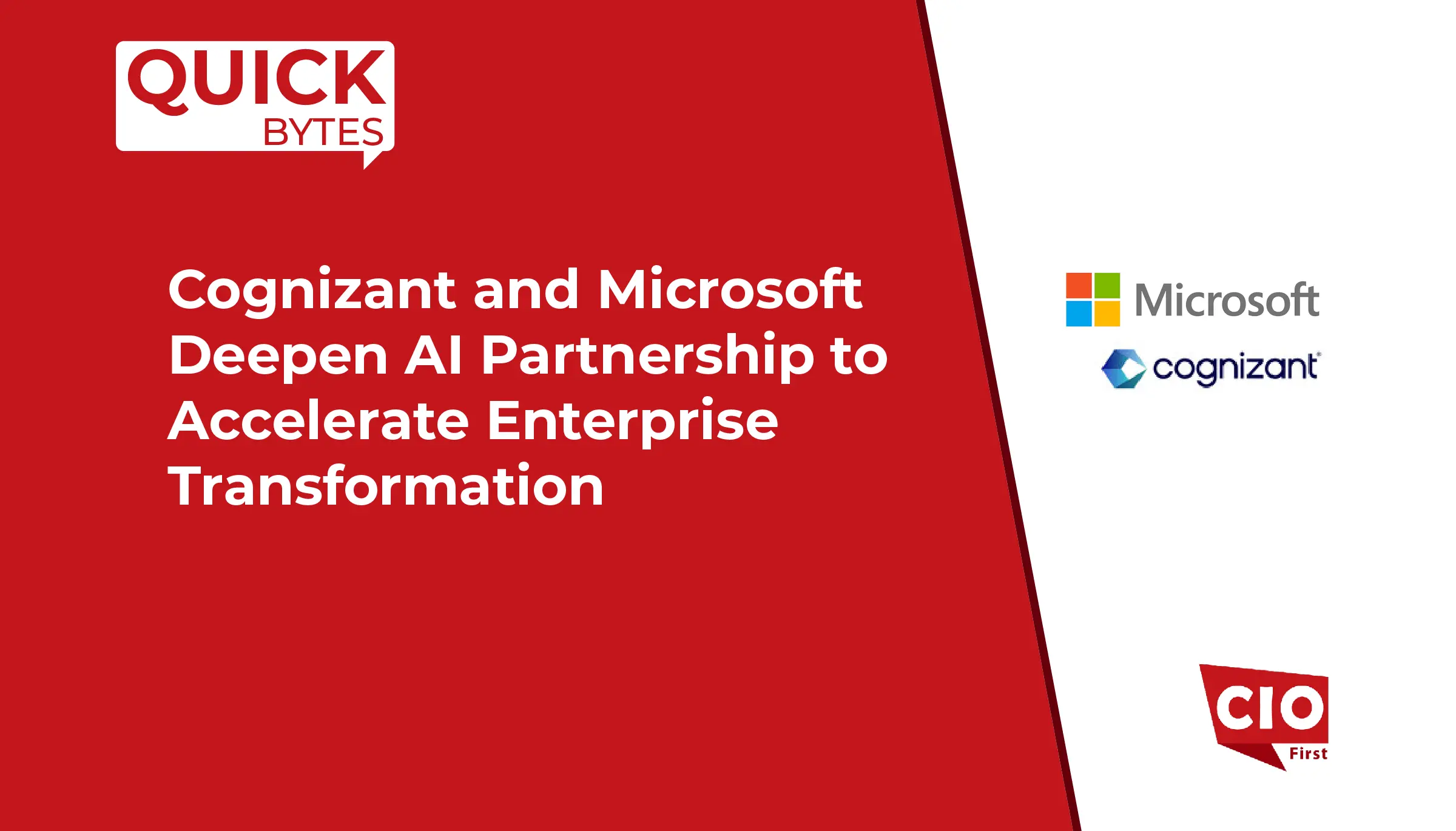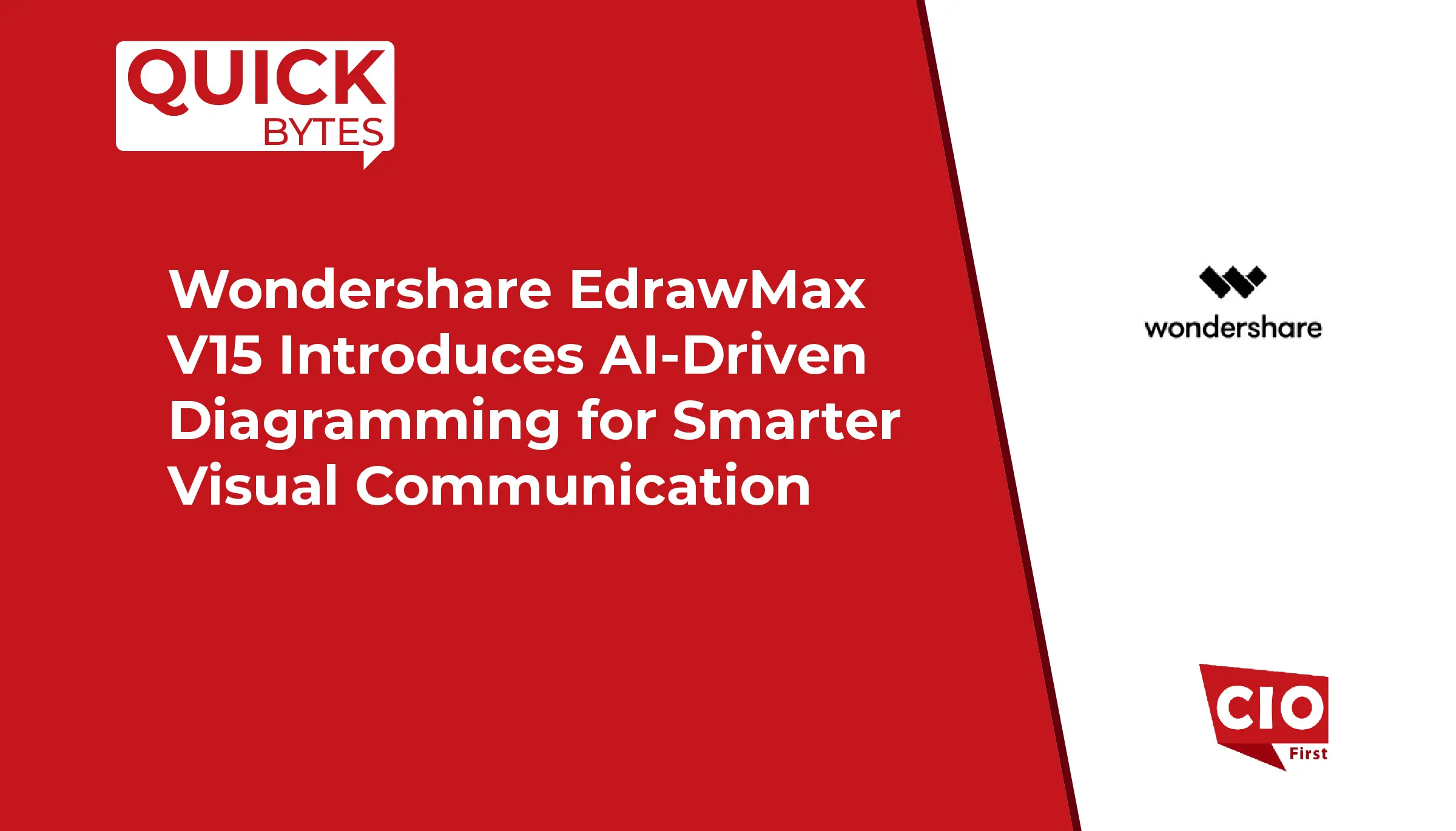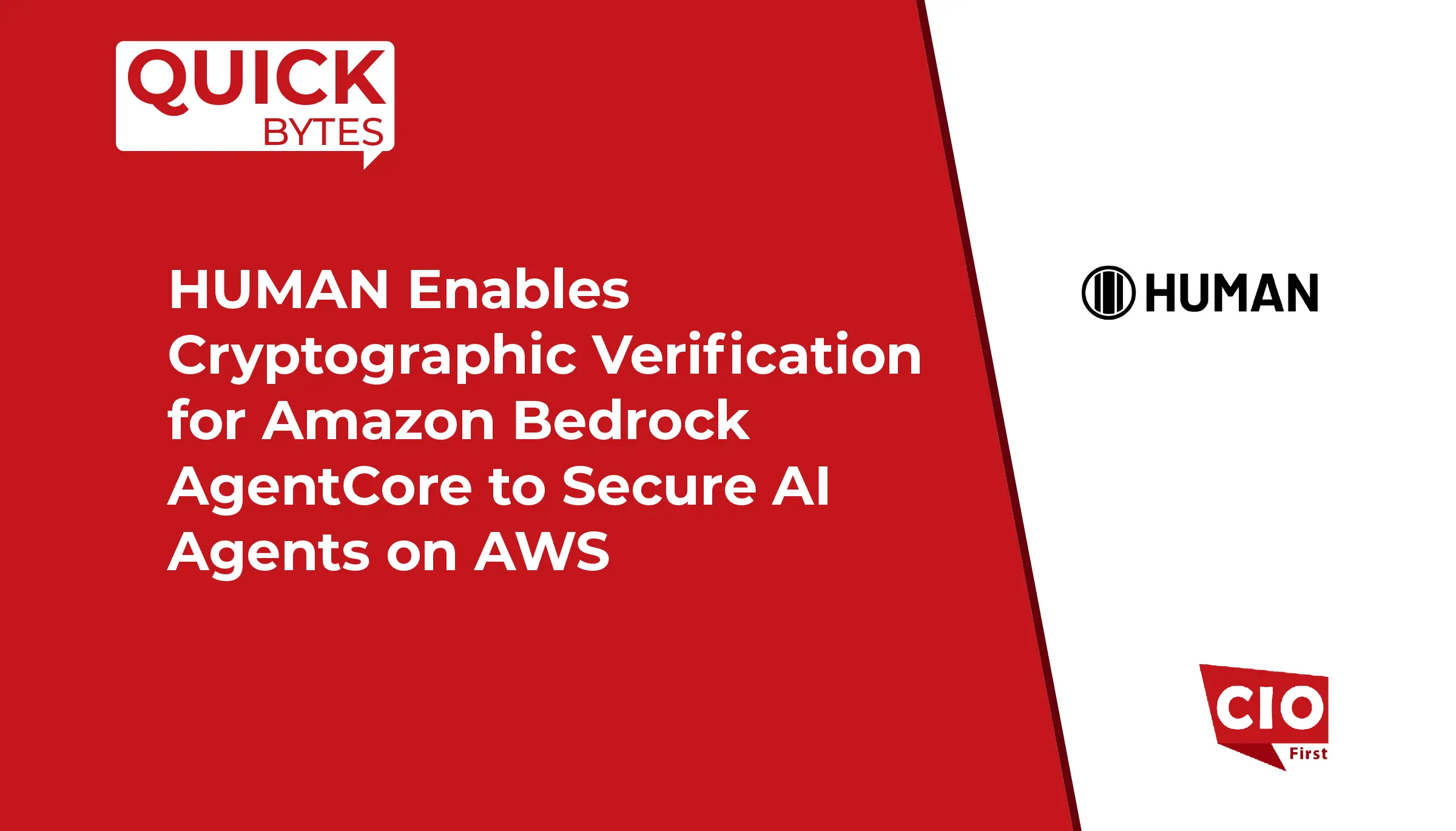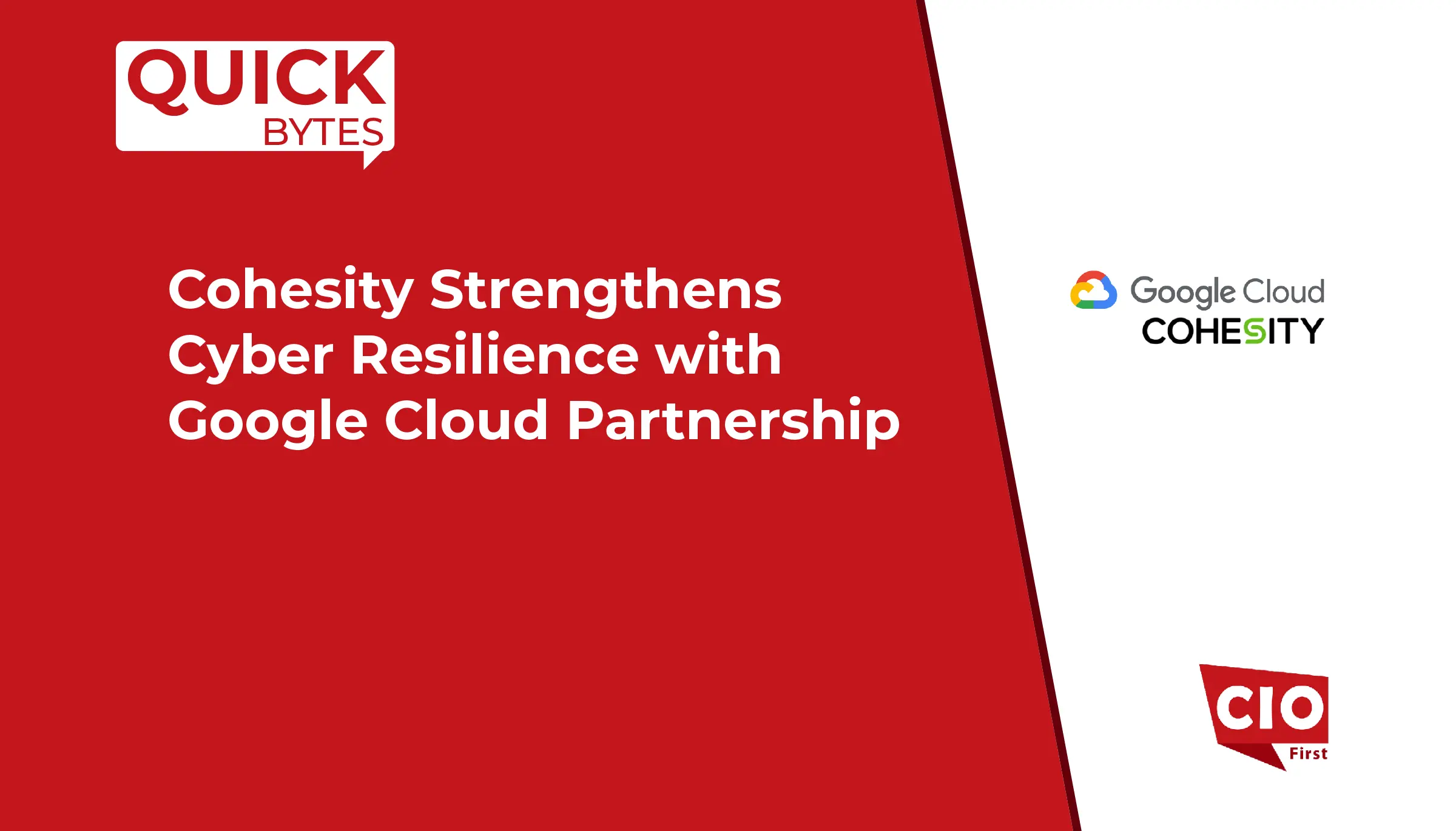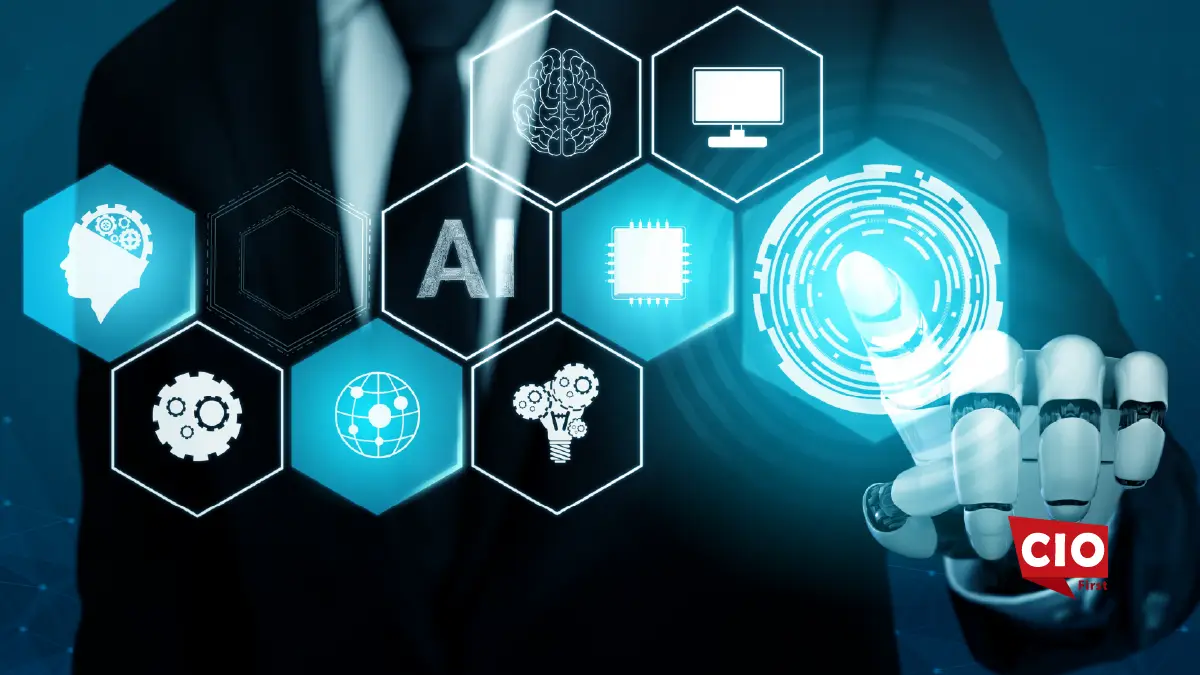Generative AI for IT is transforming how organizations manage operations, bringing new speed and automation to coding, infrastructure, and support. It can generate scripts, troubleshoot issues and simulate deployment scenarios, a new paradigm for technical teams to approach routine and complex workflows. But these tools come with operational and compliance risks that can create bottlenecks rather than eliminate them.
This article looks at how Chief Technology Officers (CTOs) are approaching generative AI in IT operations, where it delivers most value today, where integration challenges persist and what governance frameworks are required for scalable and responsible deployment.
Automation Reimagined At Low-Level Tasks
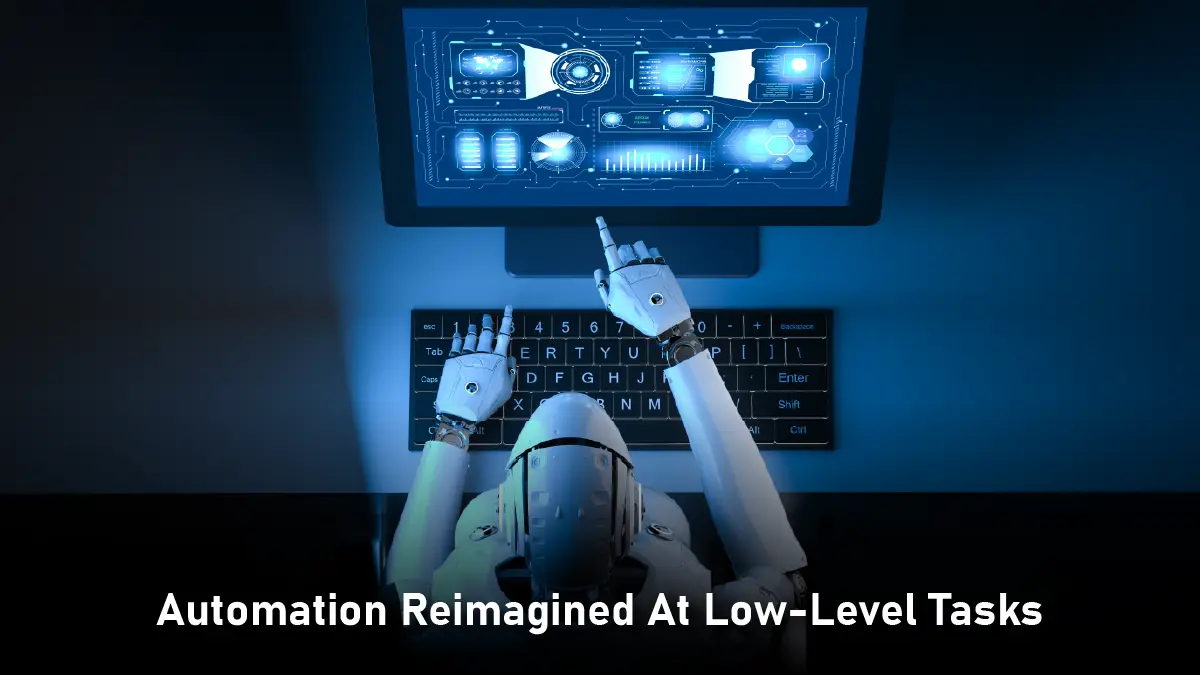
One of the most immediate and reliable applications of generative AI in IT operations is task automation. IT teams spend a lot of time on manual and repetitive tasks such as provisioning environments, configuring settings, writing monitoring scripts or updating access policies. Generative models are now being used to speed up these workflows.
For example, AI generated scripts can automate server health checks or trigger alerts when thresholds are crossed. Configuration templates for CI/CD pipelines can be drafted by the model and then validated by engineers, reducing setup time without compromising quality. These capabilities reduce cognitive overhead and allow experienced engineers to focus on higher order problems.
Importantly, these use cases are proving scalable across organisations with large infrastructure footprints or distributed engineering teams. They provide a tangible reduction in time to execution and can increase consistency of execution across environments. But they need to be paired with manual verification steps or policy constraints to avoid over-automation in sensitive environments.
Code Generation and DevOps Acceleration
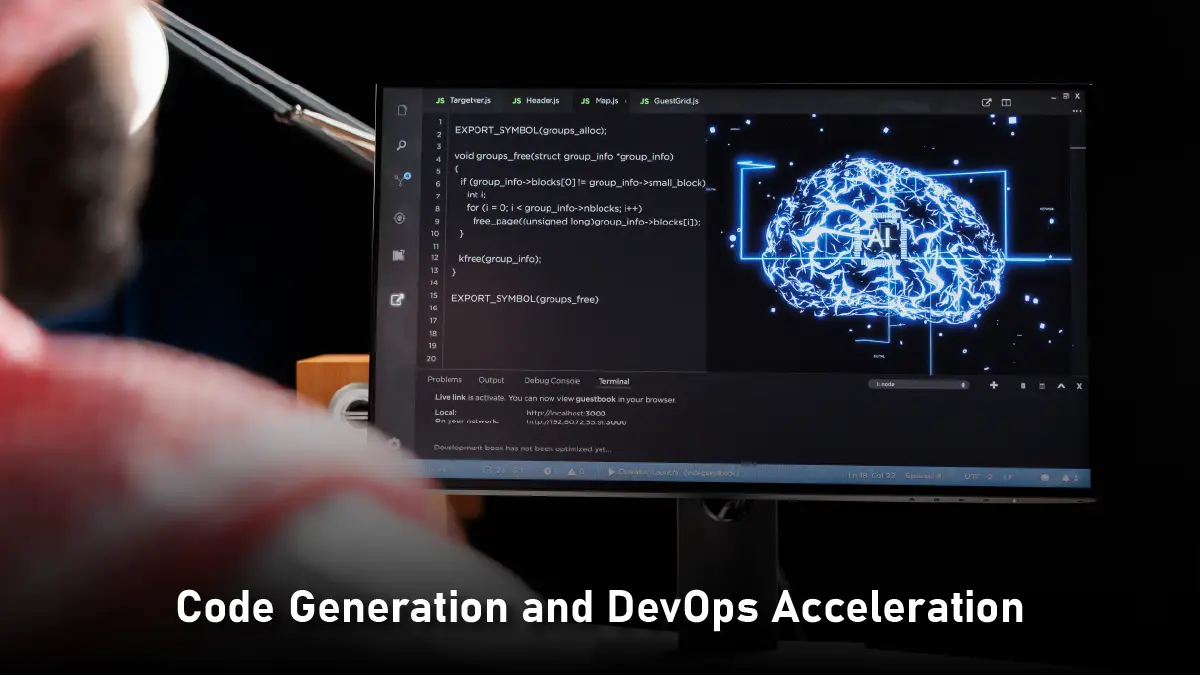
Generative AI is also being used as a coding assistant. In DevOps environments where speed and reliability are both critical, code generation can support developers in building scripts, writing configuration files and addressing syntax issues in real time. Teams are using GenAI tools to scaffold new microservices, automate deployment logic or interpret legacy codebases with greater efficiency.
This support layer reduces dependency on specialized knowledge for every technical detail. Junior engineers can now contribute more confidently, while senior developers use AI suggestions to validate logic or explore edge cases. The productivity uplift is most noticeable in early stage prototyping or bug fixing where speed trumps depth. But the output from generative models should not be taken as gospel. Code generated by AI looks syntactically correct but can miss security constraints, error handling or integration requirements. Deployed without oversight these issues can cause outages or open up systems to vulnerabilities. So, CTOs are introducing AI coding guardrails and requiring peer review before deployment.
Modernizing IT Support with AI-Assisted Help
Support teams are also using generative AI to augment their helpdesk. AI chat interfaces can triage tickets, suggest fixes for recurring issues or guide users through troubleshooting steps based on system logs. In IT operations centers, generative tools can synthesize alerts from multiple monitoring tools and provide a consolidated summary with possible remediation steps.
This layer of augmentation reduces the backlog of L1 and L2 support tickets and time to resolve common questions. IT analysts no longer have to search knowledge bases or wait for escalation; instead they can collaborate with AI assistants that surface probable causes and past resolution patterns in seconds.
For CTOs this means a scalable model to support hybrid workforces, 24×7 global teams and high demand periods without increasing support headcount. The key is to fine tune the generative model on internal documentation and enterprise specific systems so that its recommendations match the actual architecture and protocols in use.
The Model Reliability Challenge
Despite the efficiency gains generative AI tools present inherent risks, mostly hallucination. This means generating plausible but incorrect or irrelevant outputs. In IT operations where precision is non-negotiable, such errors can be costly.
A generative model can fabricate configuration parameters, recommend deprecated commands or misinterpret system states. If left unchecked these hallucinations can misguide support teams, inject faulty logic into automation scripts or propagate incorrect assumptions in diagnostic summaries.
CTOs are responding by adding multiple layers of model validation. These include restricting AI responses to pre-defined templates, limiting automation to read-only operations unless approved and requiring manual sign off on AI suggested changes. Some organizations also deploy dual model validation where outputs are compared across multiple instances before acting on them.
Ultimately, while hallucinations can’t be eliminated entirely, their impact can be contained with proper oversight, contextual awareness and human-in-the-loop processes.
Compliance and Data Privacy
Another challenge with generative AI in IT operations is compliance. These models need access to logs, system architectures, code repositories and user data to provide meaningful responses. Without strict data boundaries there is a risk of exposing sensitive information or breaching internal access protocols. The compliance landscape is even more complex for regulated industries like finance, healthcare or government. CTOs must ensure AI deployments meet internal audit standards, data residency requirements and role based access control. And if generative outputs are retained or used for future training data governance policies must cover consent, anonymization and logging practices.
Best practices emerging in the market are deploying models in private cloud environments, isolating AI pipelines from production systems and restricting access to sensitive datasets. Some organizations are building custom generative models trained only on internal data to reduce exposure to external large language models altogether.
Balancing Innovation with Operational Control
To fully benefit from generative AI in IT operations, CTOs must institute a governance framework that enables safe experimentation without exposing core infrastructure to unnecessary risk. This involves more than policy documents. Governance must be operationalized through controls at multiple levels, including data access, model permissions, audit trails, and human sign-offs.
Leading organizations are forming GenAI steering committees that include stakeholders from IT, security, legal, and engineering. These groups establish clear usage guidelines, define roles and responsibilities, and select approved tools for deployment. This level of cross-functional governance helps ensure that AI adoption aligns with broader enterprise risk tolerances and architectural standards.
Model usage policies are also evolving. CTOs are introducing tiered permissioning systems to limit where and how generative AI can be used. For example, code generation may be permitted in development environments but restricted in production workflows. Automated responses to incidents may be allowed in non-critical systems but flagged for review in core infrastructure.
Without these boundaries, even well-intentioned deployments can lead to shadow AI use, inconsistent outcomes, or security exposure. A transparent governance structure serves as a foundational enabler, ensuring AI-driven initiatives support rather than undermine organizational resilience.
Also Read: Modernizing Contract Lifecycle Management: A Roadmap for CIOs and CTOs
Upskilling and Workforce Integration
As generative AI assumes a more active role in IT workflows, the composition and expectations of technical teams are shifting. Engineers are not being replaced but reoriented. Routine tasks become AI-assisted, while human expertise is increasingly focused on validation, exception handling, and strategic improvement of underlying systems.
To succeed in this environment, CTOs are investing in workforce enablement. Training programs are being updated to include prompt engineering, model troubleshooting, and human-in-the-loop design. Engineers are taught to evaluate AI outputs critically, understand the model’s limitations, and intervene when outputs diverge from established norms.
Organizations are also redefining job roles. IT support professionals are becoming AI copilots, leveraging tools to enhance productivity rather than follow static scripts. DevOps engineers are learning to manage AI-generated artifacts, monitor their performance, and roll back faulty logic when necessary.
The objective is not to create AI specialists in every function but to ensure every IT team member can operate effectively within an AI-augmented environment. This cultural integration is essential for long-term success.
Aligning AI with Business Value
For CTOs, generative AI has to be tied to business goals. Speed and automation are great, but they have to translate into measurable outcomes like reduced incident resolution time, increased code throughput, lower opex or faster onboarding of new environments.
To achieve this alignment, pilot programs are being tied to KPIs. Before broader deployment, use cases are being evaluated against business priorities like SLA adherence, downtime reduction or compliance readiness. This helps to determine which AI initiatives to scale and which to refine or redefine.
Furthermore, GenAI deployment planning is being embedded into broader IT strategy roadmaps. Instead of treating AI as a separate capability, it’s being integrated into platform modernization plans, cloud optimization efforts and digital experience initiatives. This convergence ensures that investments in AI contribute directly to infrastructure resilience, scalability and customer satisfaction.
Building a Resilient AI Stack
CTOs deploying generative AI at scale are also re-evaluating their technical stack to support reliability and observability. AI driven ops introduce new performance dependencies like latency in inference, model downtime or inconsistent behavior under load. Without proper monitoring, these can impact service delivery.
To mitigate these risks, organizations are deploying AI observability layers. These include metrics for prompt success rates, output accuracy, usage frequency and downstream system impact. Monitoring platforms are being expanded to track AI components alongside traditional infrastructure so any model behavior malfunction is caught early.
For instance, in April 2025, Riverbed upgraded its observability platform with generative, predictive, and agentic AI modules that autonomously analyze network packets, synthesize incident summaries, and guide remediation actions. This enhancement helps CTOs improve situational awareness and close blind spots in complex hybrid IT environments.
Also, CTOs are investing in fallback systems. These allow manual overrides, alternate scripts or traditional playbooks to be triggered when AI fails to perform as expected. This hybrid control architecture preserves operational continuity and avoids over-reliance on unproven tools. In May 2025, Red Hat introduced new AI capabilities designed for hybrid IT environments. These include the Red Hat AI Inference Server, which allows enterprises to run generative AI models at scale across hybrid cloud deployments with integrated observability. Alongside this, the OpenShift Lightspeed assistant brings context-aware automation directly into infrastructure workflows, helping IT teams troubleshoot, configure, and manage clusters through AI-guided commands. Red Hat also announced collaborations with NVIDIA to deliver validated architectures that support secure, governed deployment of agent-based AI across complex IT stacks. These developments reflect how major platform providers are building resilient AI stacks that prioritize control, transparency, and operational continuity.
Conclusion
Generative AI is a big opportunity for IT ops, from accelerating code development to modernizing IT support and automating infrastructure tasks. But the benefits are not guaranteed. Risks like hallucinations, compliance gaps and model dependency have to be actively managed through governance, oversight and workforce adaptation. CTOs that approach generative AI as a structured innovation initiative, with security, business alignment and technical observability as the anchors will be able to scale responsibly. Instead of rushing to deploy, successful organizations are building methodically so every AI integration strengthens the operational fabric of the company.
As adoption grows the focus will shift from experimentation to optimization. Generative AI for IT will not replace teams but will redefine them, so they can build, fix and scale faster without compromising on control, compliance or quality.
